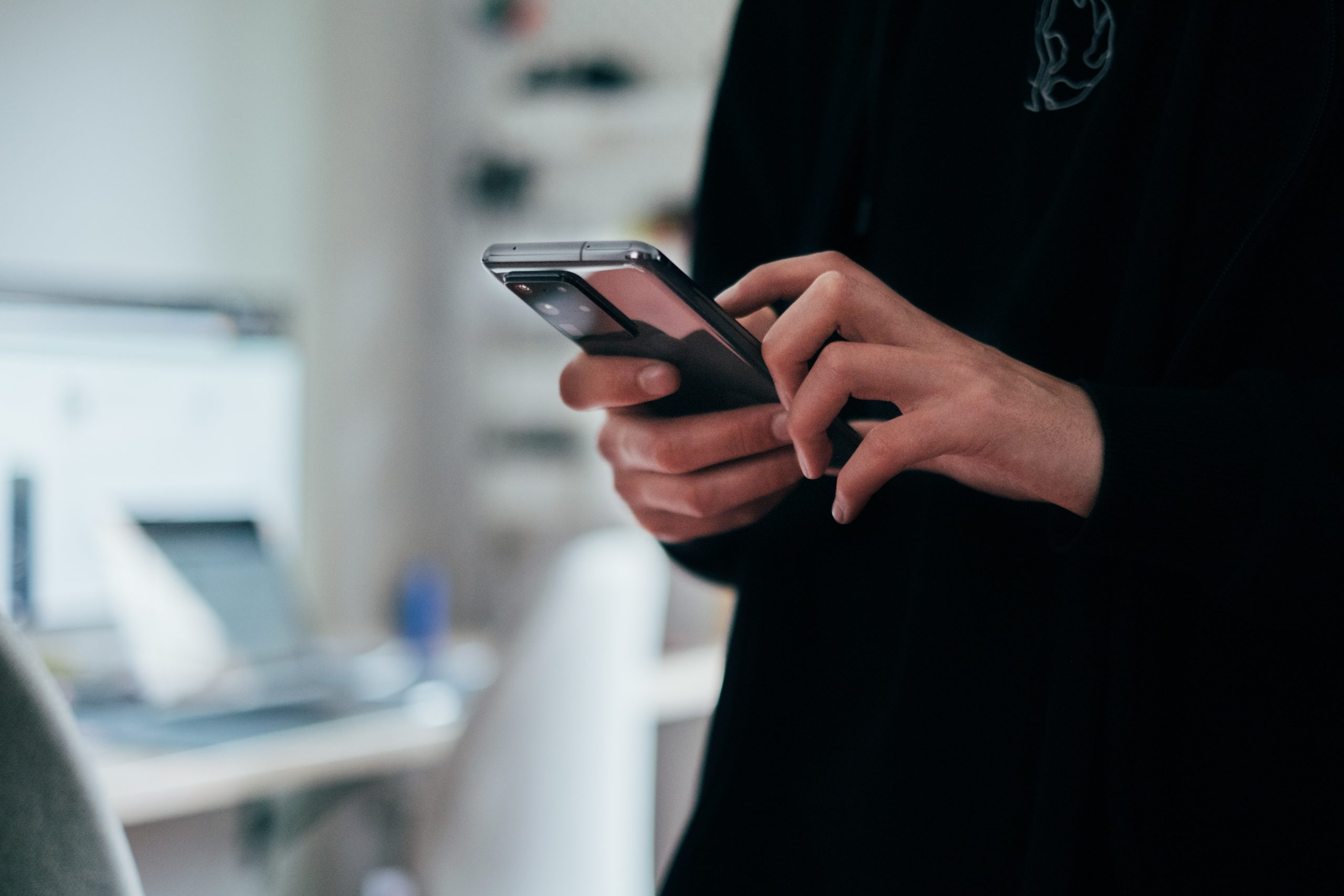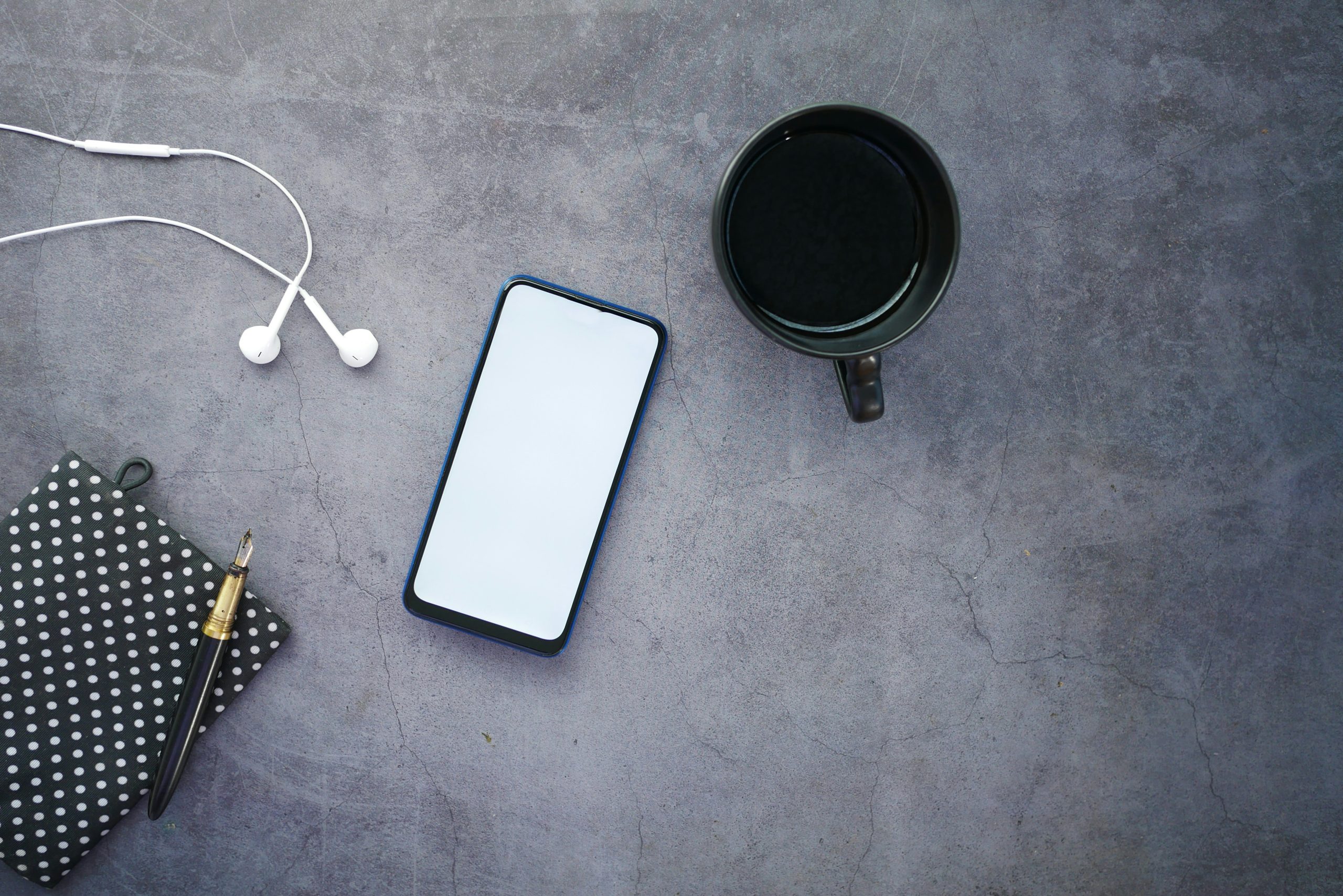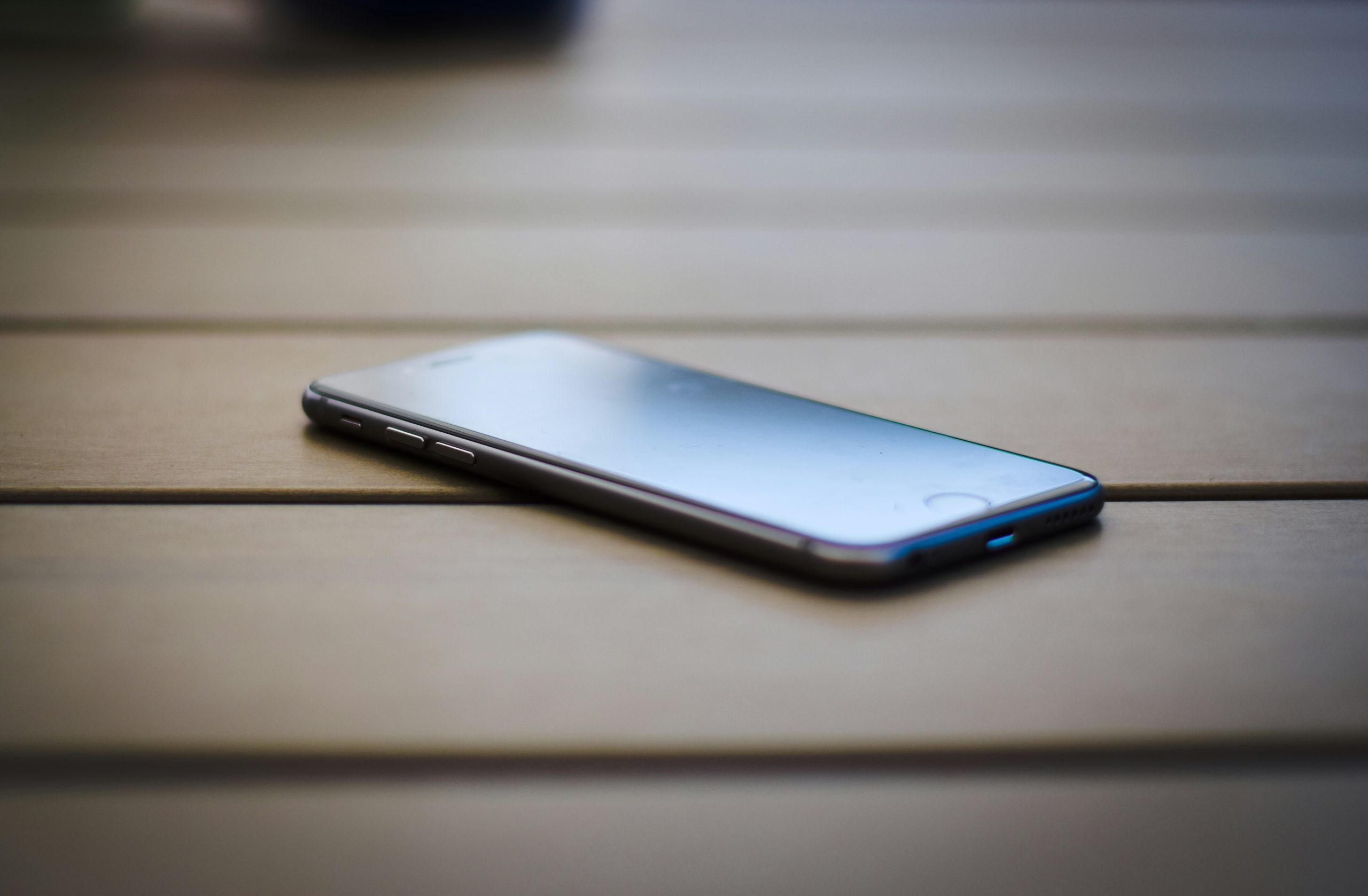Have you ever experienced that sinking feeling of realizing your phone is missing, only to start panicking when you discover it’s turned off? Losing a phone can be stressful and frustrating, especially when it’s switched off or out of battery. But fear not – in this digital age, there are ways to ensure you can locate your phone even if it’s lost or powered down. From clever apps to built-in features, we’ll explore the various methods and tools available for tracking down your device in any situation. So whether you’re prone to misplacing your phone or simply want peace of mind knowing you can always find it, read on to discover how to turn the tables on a disappeared or powered-off smartphone.
Importance of Phone Location
The importance of phone location cannot be overstated in today’s digital age. With the increasing reliance on smartphones for communication, navigation, and even financial transactions, knowing the whereabouts of your device is crucial for security and peace of mind. In case of theft or misplacement, having access to accurate phone location data can significantly increase the chances of recovery. Moreover, with location tracking features, users can also ensure their own safety by sharing their real-time whereabouts with trusted contacts in emergency situations.
Beyond just finding a lost phone, understanding the importance of phone location extends to personal safety and convenience. Whether it’s monitoring family members’ movements or keeping track of employees in a business setting, having access to accurate phone locations can provide valuable insights and peace of mind. Additionally, utilizing location-based services like geofencing for parental control or optimizing delivery routes for businesses becomes more effective when accurate phone location data is accessible. In essence, recognizing the significance of phone location empowers individuals and organizations to enhance security measures while also streamlining daily operations.

Using Find My Device Feature
The Find My Device feature has become an essential tool for smartphone users, offering peace of mind in the event of a lost or stolen phone. Beyond its primary function of pinpointing your phone’s location on a map, this feature also allows you to remotely lock or erase your device, safeguarding your personal information from falling into the wrong hands. However, the utility of Find My Device extends beyond just tracking down a missing phone – it can also help you retrace your steps and locate it within your immediate vicinity, providing real-time updates that significantly increase the chances of recovery.
Additionally, the Find My Device feature serves as a powerful deterrent against theft and unauthorized access. Its ability to render a stolen device essentially useless through remote locking or erasure acts as an effective countermeasure against potential thieves and malicious actors. With the ever-growing importance of digital security and privacy, integrating this feature into everyday smartphone use not only safeguards personal data but can also serve as a crucial first line of defense in protecting one’s identity and sensitive information from falling into the wrong hands. By educating more people about this invaluable tool, we can collectively contribute to creating safer mobile environments for everyone.
Setting up Remote Tracking Apps
Setting up remote tracking apps can be a game-changer for anyone prone to misplacing their phone. Whether you’re forgetful or simply cautious, having the ability to locate your device remotely provides peace of mind and a sense of control over your personal belongings. With the advancement of technology, these apps have become more intuitive and reliable, offering features like real-time GPS tracking and the ability to remotely lock or erase data from your device if it falls into the wrong hands.
One fresh insight is considering the impact of privacy concerns when setting up remote tracking apps. It’s important to ensure that the app you choose prioritizes user privacy and data security. Look for apps with robust encryption measures and clear privacy policies to safeguard your personal information while still granting you access to crucial locating features. Additionally, considering how different remote tracking apps integrate with other devices or platforms can also provide a new perspective on consolidating all your tracking needs into one seamless experience. By choosing an app that integrates well with your other devices, you can ensure consistent monitoring across all your gadgets.

Enabling Emergency Contacts
Enabling emergency contacts on your phone is a crucial step in ensuring that you can be located even if your device is lost or turned off. By setting up emergency contacts, you empower those close to you to take quick action in the event of an emergency, such as contacting authorities or providing critical medical information. Additionally, some smartphones offer features that allow designated emergency contacts to access location information even if the phone is offline, providing an extra layer of security and peace of mind.
Taking advantage of this feature not only enhances your personal safety but also streamlines the process for others to assist you when needed. It’s a simple yet effective way to feel more secure about your device and ultimately ensure that help can reach you even in challenging circumstances. Whether it’s through built-in functions on the device or dedicated third-party apps, enabling emergency contacts maximizes the chances of retrieving a lost phone and accessing vital assistance when time is of the essence.
Registering with Mobile Carriers
In today’s fast-paced world, registering with mobile carriers is essential for anyone who wants to ensure they can locate their phone even if it’s lost or turned off. Mobile carriers offer services such as GPS tracking and remote locking, which can be activated in the event of a lost or stolen phone. By registering your device with your carrier, you can take advantage of these cutting-edge technologies to protect your data and increase the chances of recovering your phone.
Furthermore, registering with mobile carriers often allows you to access additional security features, such as biometric authentication and two-factor verification. These measures add an extra layer of protection to your device and make it more difficult for unauthorized users to access sensitive information. By taking advantage of these security features through carrier registration, you can significantly increase the safety and security of your mobile device in case it goes missing or is stolen.
Whether you’re a busy professional or a student on-the-go, ensuring that you are registered with your mobile carrier is crucial for safeguarding your digital life. With advancements in technology and enhanced security measures offered by most carriers today, taking this simple step can provide peace of mind and increased protection against potential threats to your personal information.

Consideration for Physical Tracking Devices
When considering physical tracking devices for your phone, it’s important to weigh the pros and cons of each option. While GPS trackers offer real-time location information, they can be expensive and require a separate subscription plan. Bluetooth trackers, on the other hand, are more affordable but have limited range and rely on other users’ devices for signal strength.
Another consideration is the size and weight of the tracking device. A bulky tracker may be noticeable or uncomfortable to carry, while a sleek design may go unnoticed. Additionally, battery life is a crucial factor to consider—some trackers have longer-lasting batteries than others, which can affect how often you need to recharge or replace them.
Conclusion: Maintaining Phone Security
In conclusion, maintaining phone security is essential in ensuring that you can always locate your phone, even if it’s lost or turned off. Implementing a strong password or biometric authentication, regularly updating the operating system and apps, and enabling remote tracking and wiping features are vital steps in safeguarding your device. Additionally, being cautious of the apps and websites you interact with and avoiding public Wi-Fi networks can significantly reduce the risk of unauthorized access to your phone.
It’s important to remain vigilant and proactive in protecting your phone from potential threats. Regularly reviewing permissions granted to apps, using encryption for sensitive data, and investing in reputable mobile security software can add an extra layer of protection. By staying informed about emerging security risks and adopting best practices, you can minimize the likelihood of losing access to your device permanently while also safeguarding your personal information. Remember, a few simple precautions now can save you from significant distress later on.
